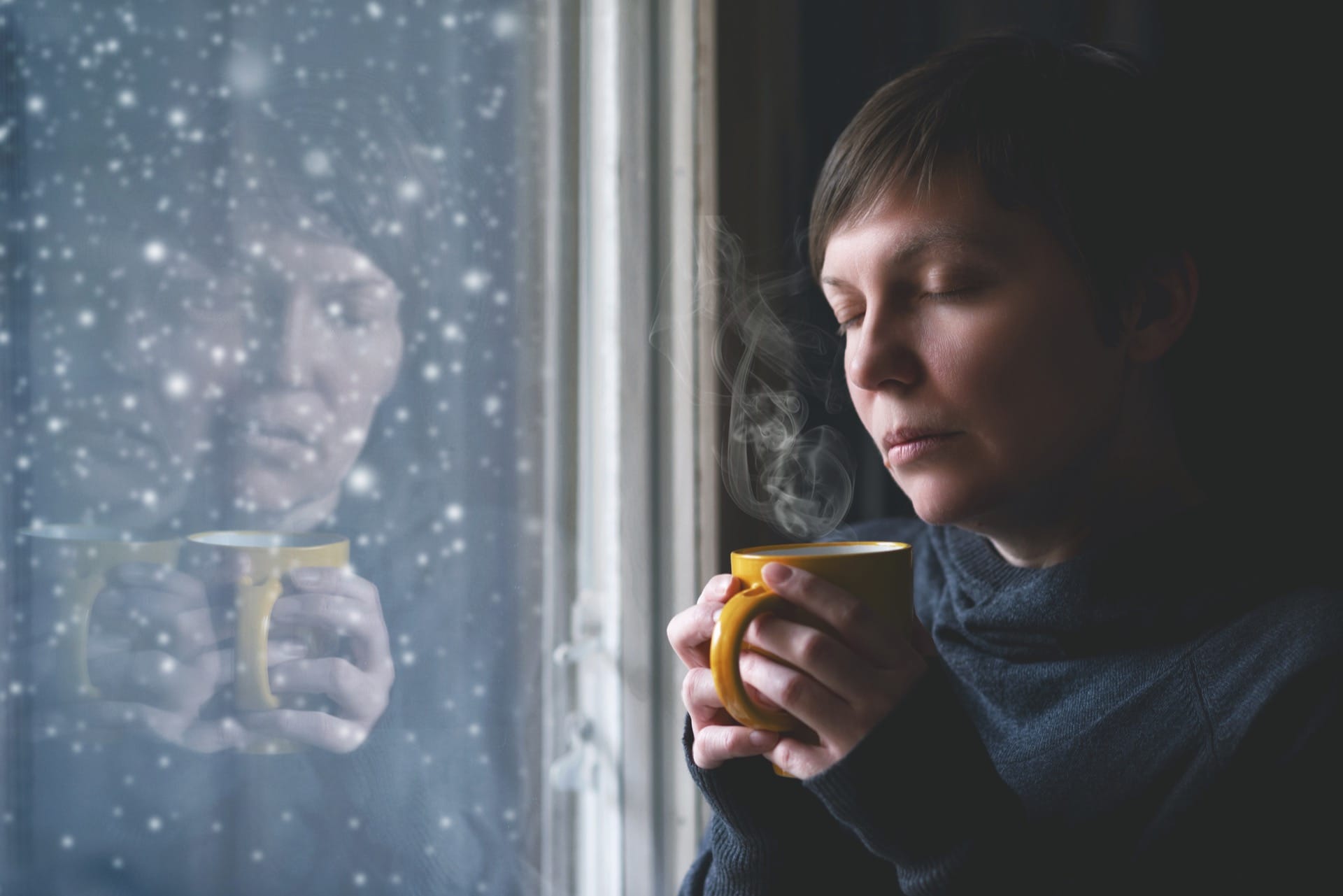If the cold weather and shorter days have you feeling down, you’re not alone. Many of us feel more positive and energetic in the spring and summer months and less so as winter hits. For some people, though, the winter months can lead to a form of depression known as seasonal affective disorder, or SAD.
Seasonal affective disorder (SAD) is a form of depression which has a seasonal pattern. For most people with SAD, symptoms begin in autumn and winter and resolve once the spring arrives.
Typical symptoms include:
- Tiredness and fatigue
- A need for more sleep
- Increased appetite and cravings for carbohydrate foods
- Weight gain
- Irritability
Fortunately, our relatively mild winters mean that SAD is less common in Australia than in the Northern Hemisphere, where the climate is colder and the days shorter.
We don’t know exactly what causes SAD but it is believed to be due to a disruption in our body’s circadian rhythm (biological clock) and changes in the amounts of hormones produced, including melatonin (our sleep hormone) and serotonin (a hormone which affects mood).
What can you do if you are affected?
- Exercise regularly – research has found that exercise can be as effective as medication for treating mild to moderate depression
- Get outside – try to get as much winter sunlight as you can, particularly in the morning.
- Bright light therapy – there is evidence that bright light therapy (also known as phytotherapy) can improve the symptoms of SAD. This involves exposure to bright light from a specially designed light box, first thing in the morning.
If you are feeling down and think you might be suffering from depression or SAD, see your doctor who can help you with a plan of action to manage your symptoms.
References:


